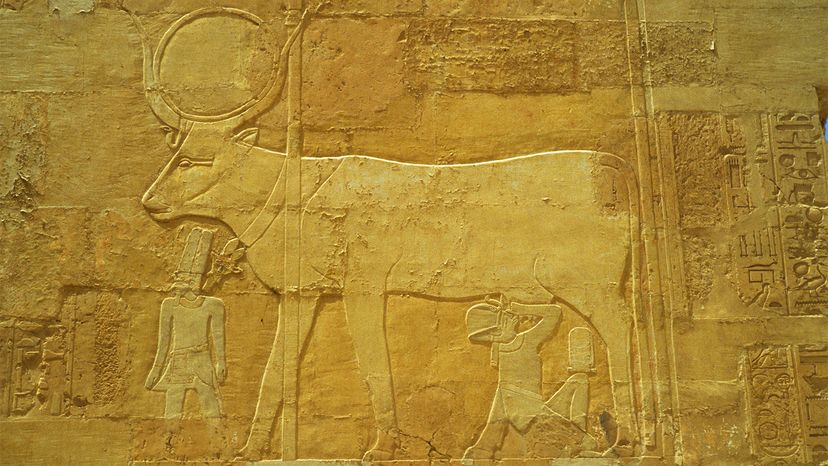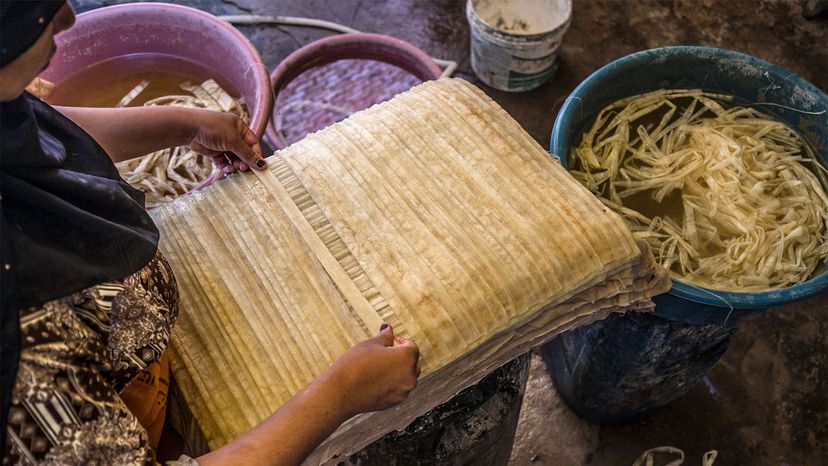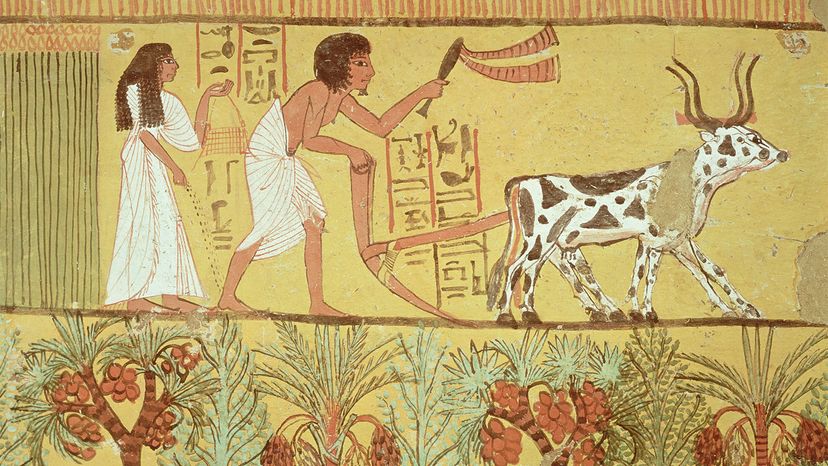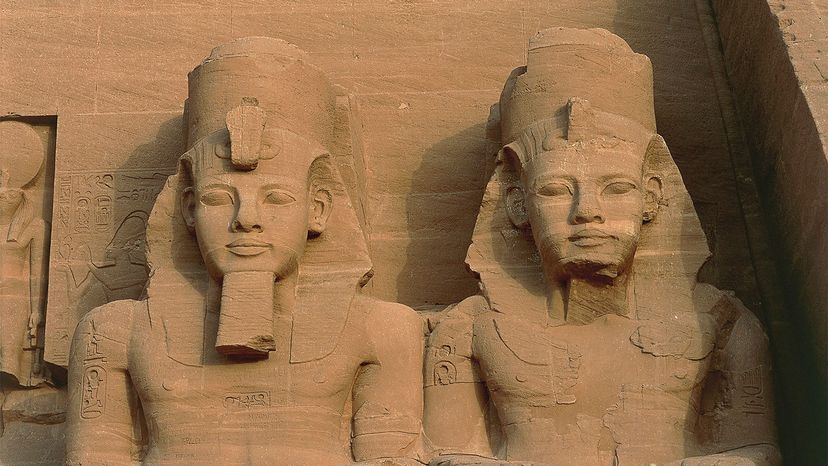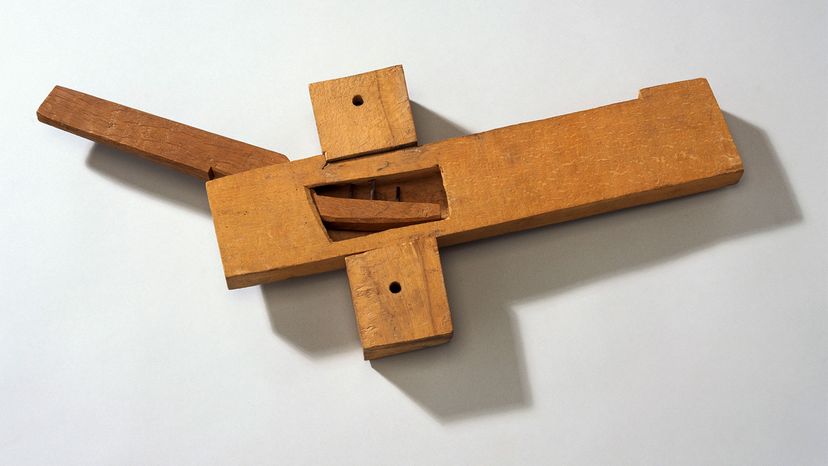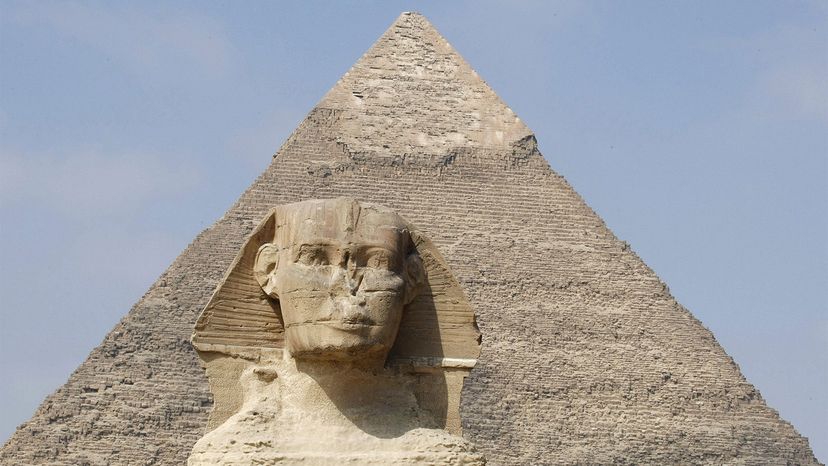
There may be no greater tribute to a society's ingenuity and vision than Egypt's Great Pyramid of Giza. Originally standing 481 feet (147 meters) tall, the Great Pyramid towers over monuments like the Statue of Liberty and Big Ben [source: PBS]. Of course, the pyramids are only part of ancient Egypt's legacy.
Over the thousands of years ancient Egyptians thrived, they ushered in perhaps the most advanced civilization the world had ever known, and many of the fixtures of their society are still commonplace. For instance, Egyptian women donned ornate jewelry and wigs, the men boxed, fenced and wrestled for sport and the children played with board games, dolls and other toys. They also thrived as inventors, and, as you'll see in this list of 10 amazing Egyptian inventions, their creations changed everything from fashion to agriculture so drastically that we still see their influence today.
Advertisement
